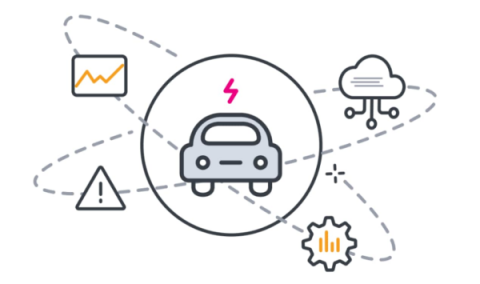Indicators of Compromise (IoCs): What Are They and How Do They Strengthen Cyber Defense?
IoCs are forensic data threat intelligence teams use to confirm cyberattack occurrences and build cyber-defense strategies. IoCs are critical in identifying system vulnerabilities, and determining how a cyber-crime was executed. While the relevance of IoCs cannot be downplayed in the cyber security space, they are not all that’s needed in building an effective cyber-defense strategy.
































